NEWS Students, researchers and curious Umeå residents – many got the chance to meet Nobel Laureate in Physics, Ferenc Krausz, at Umeå University on 14 December. For the laureate himself, however, meeting his friend László Veisz and seeing his lab was the highlight. “I think his work is extremely exciting in several aspects,” says Ferenc Krausz.
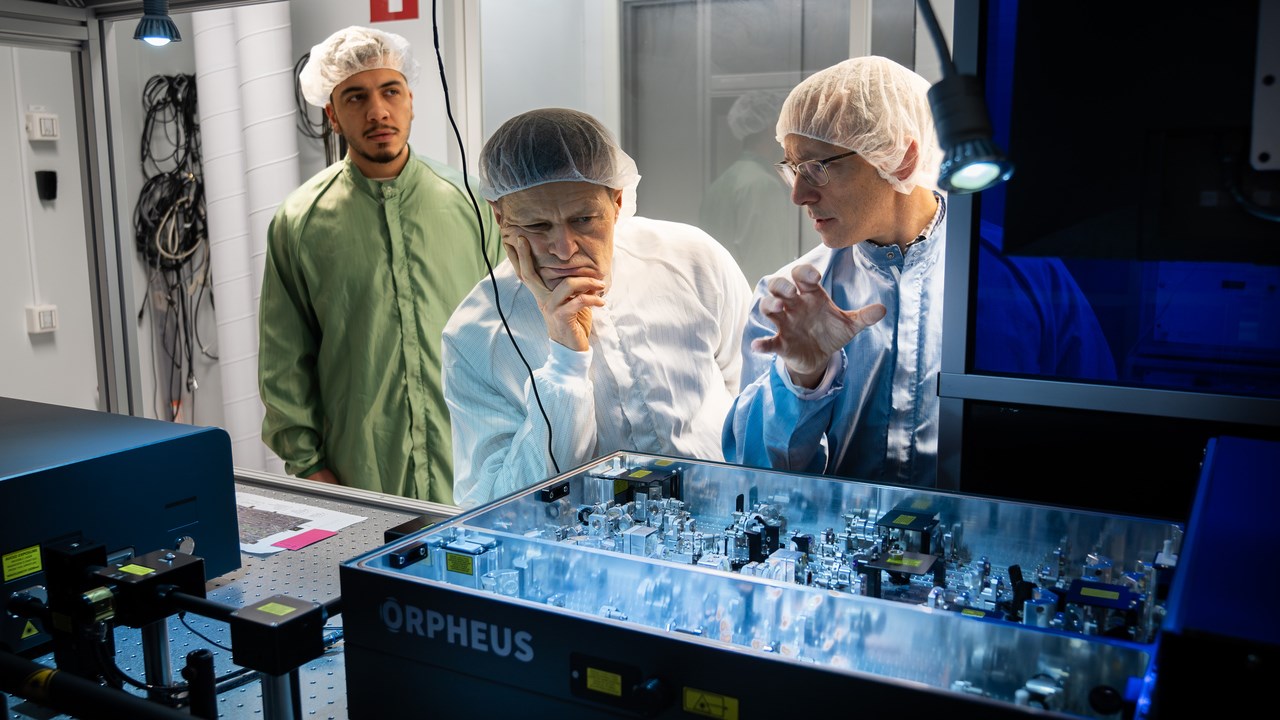
Ferenc Krausz and László Veisz in Relativistic Attosecond Physics Laboratory, REAL.
ImageSamuel PetterssonNothing has been the same for Ferenc Krausz since 3 October, when this year's Nobel Laureates were announced. The interviews keep coming and the invitations keep pouring in. Time to conduct research has shrunk to a minimum but the opportunity to promote science in general, including his own field of attosecond physics, is all the greater.
“Receiving this highest recognition in science comes with a mandate to make the next generation aware of the importance of constantly working on advancing science and technology for the benefit of humankind,” says Ferenc Krausz.
Ferenc Krausz was born in Hungary. For the past 20 years, he has been Director of the Max Planck Institute for Quantum Optics in Garching, Germany and he is also Professor of Experimental Physics. He was one of the first to create extremely short light pulses, attosecond pulses, which have given us a completely new understanding of how one of the world's smallest constituents, electrons, behaves in matter.
One person who uses these attosecond pulses in his research is László Veisz, a professor at Umeå University. He and Ferenc Krausz have previously worked together and when Ferenc Krausz found out that he was going to Stockholm to receive the Nobel Prize, it was natural to visit Umeå as well.
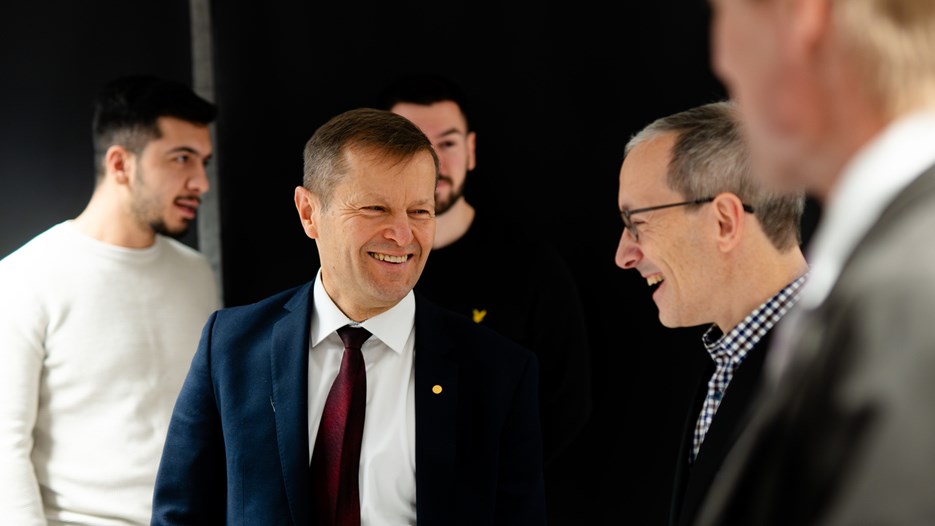
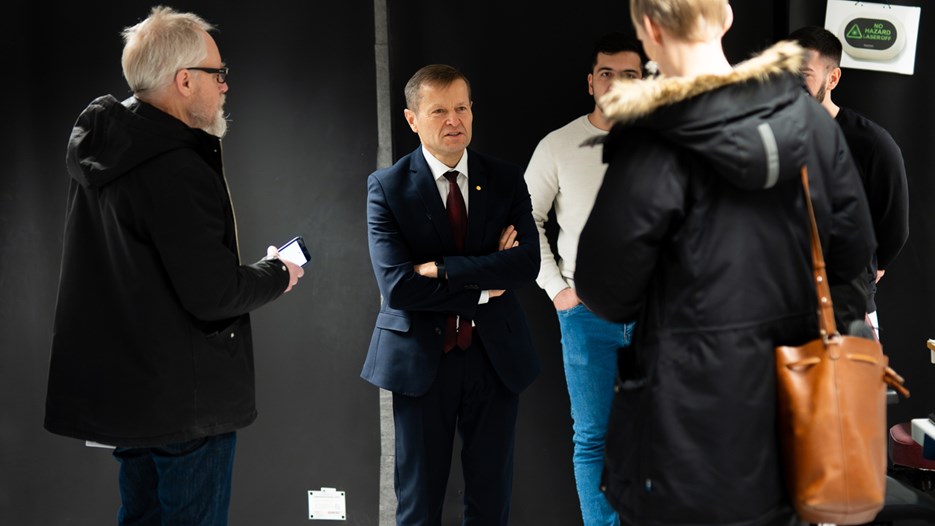
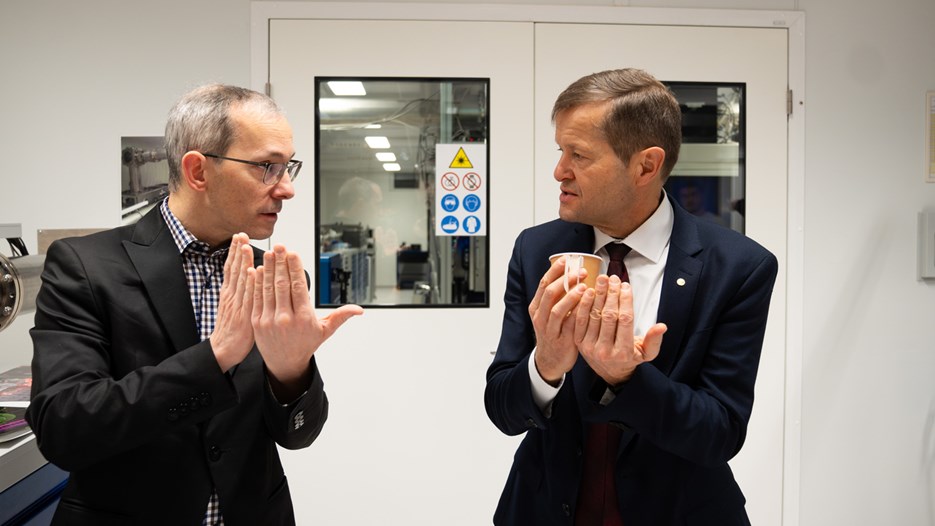
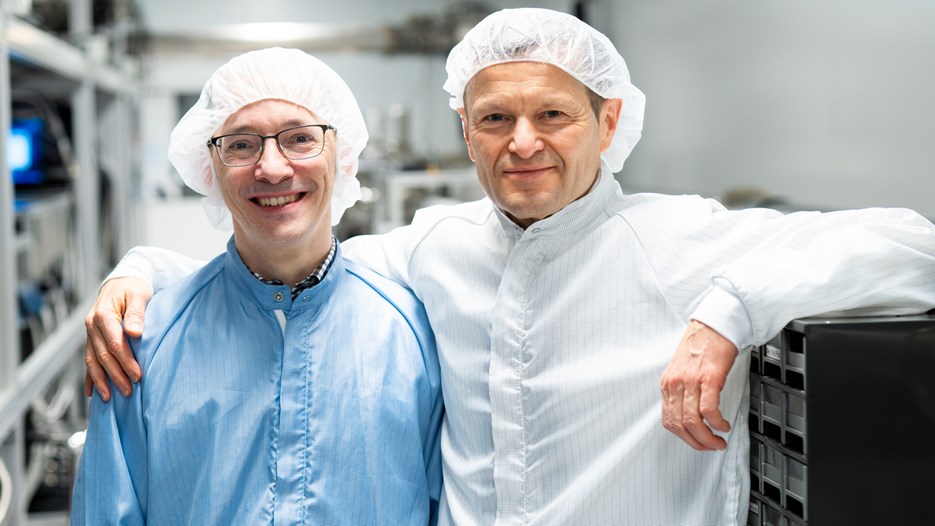
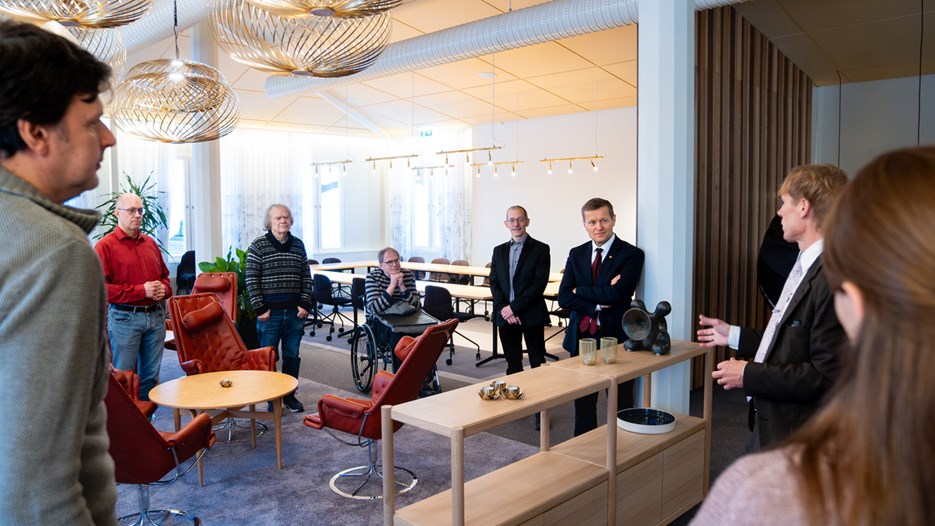
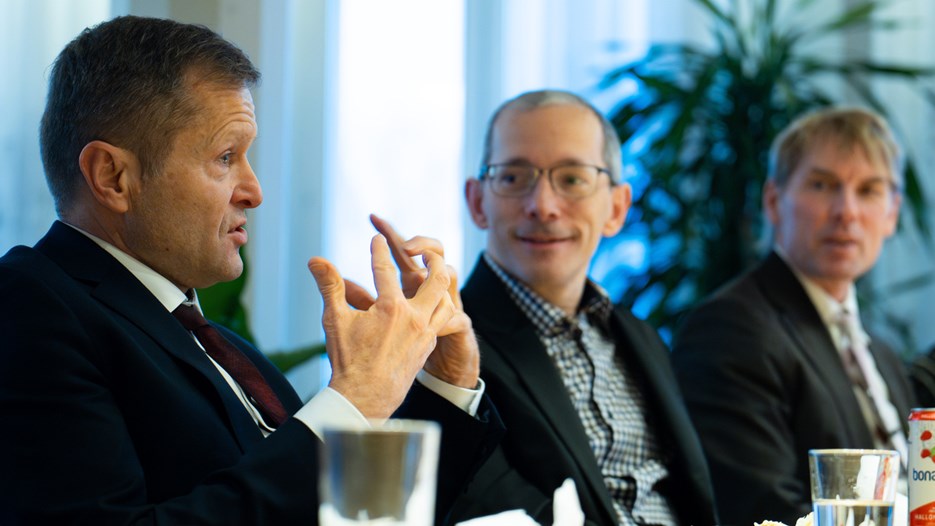
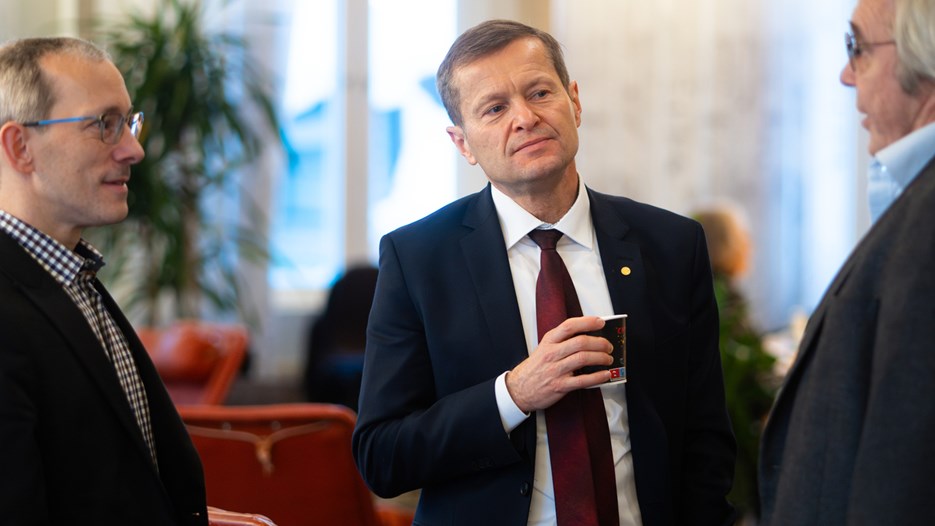
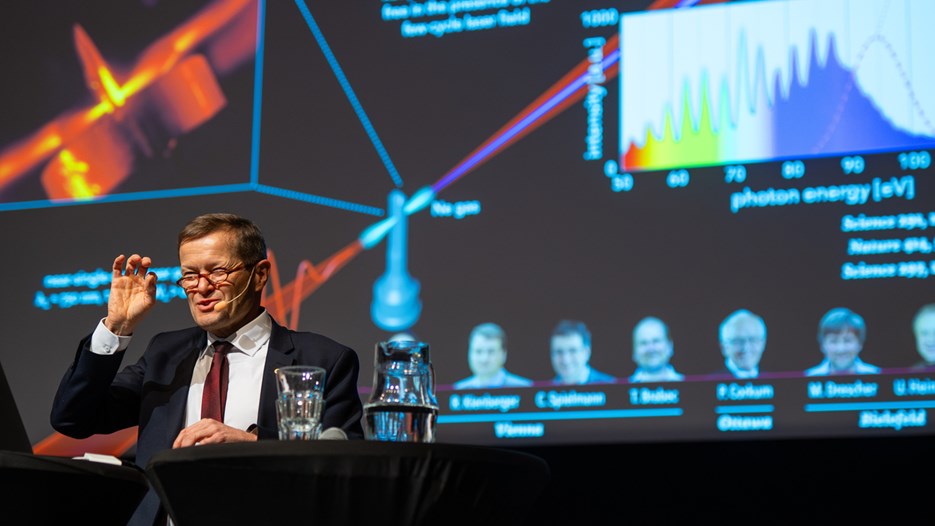
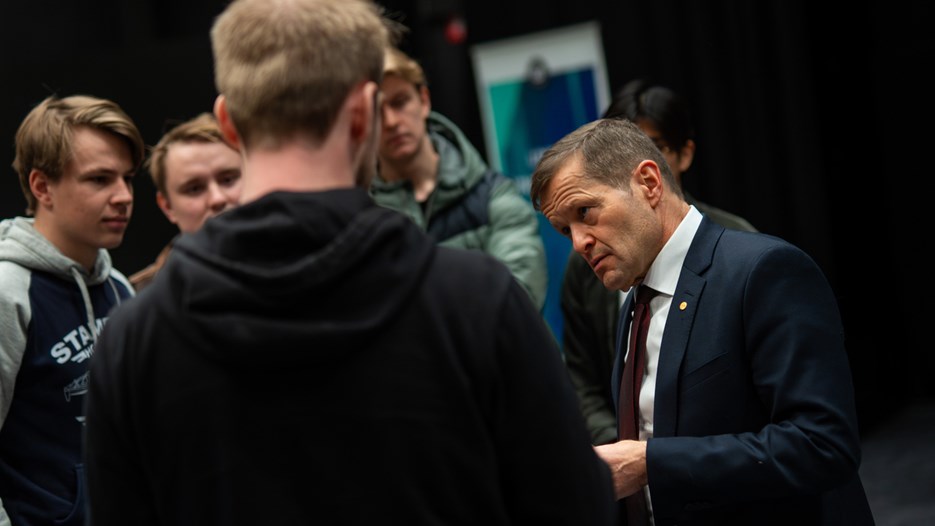
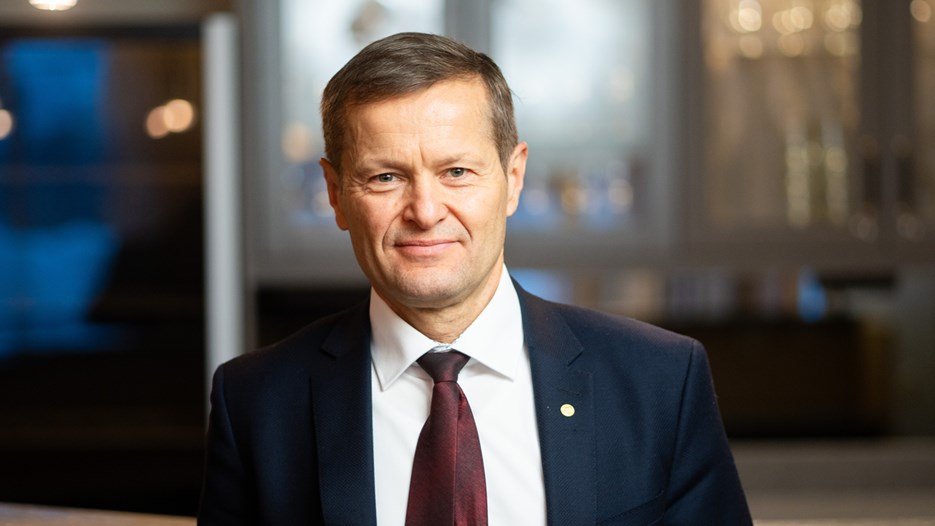
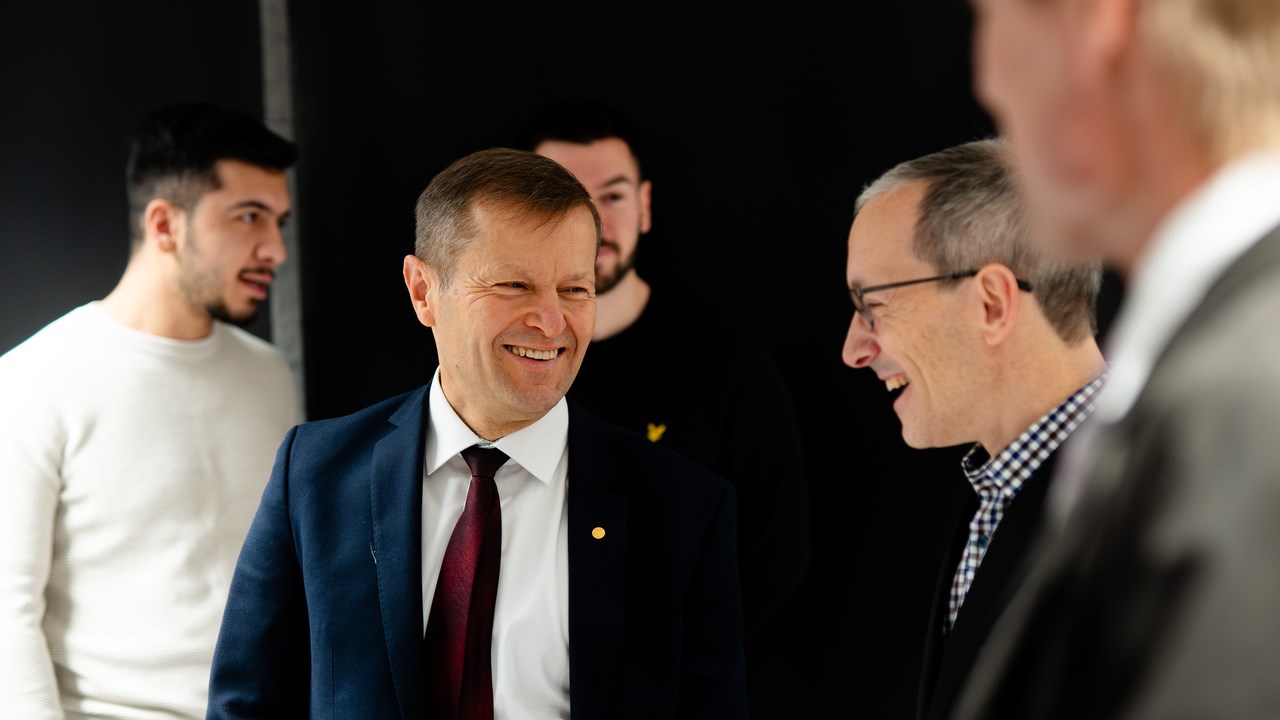
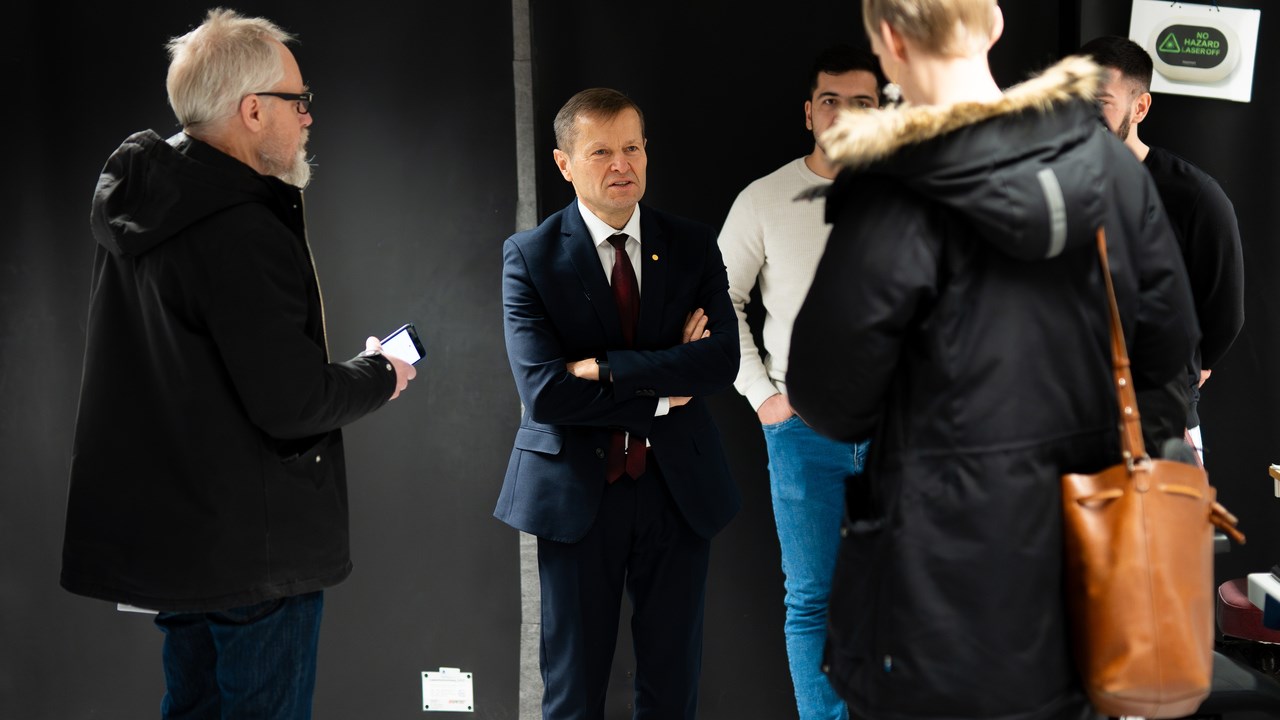
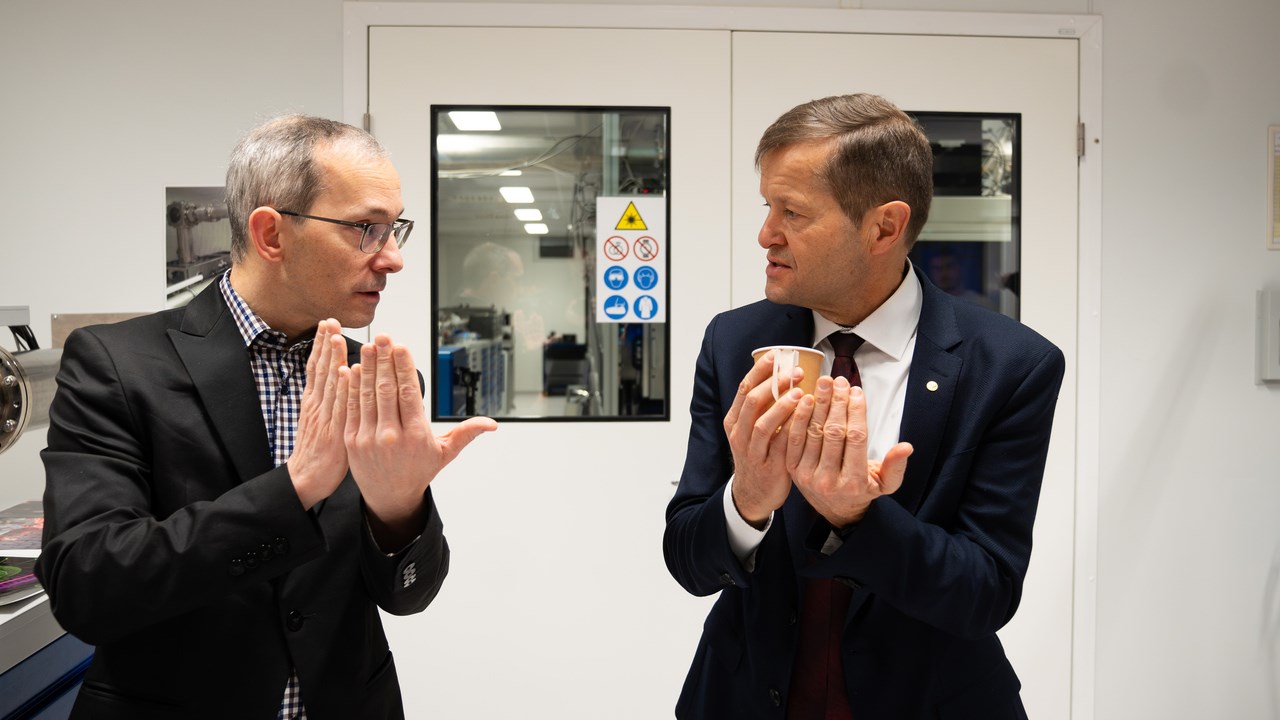
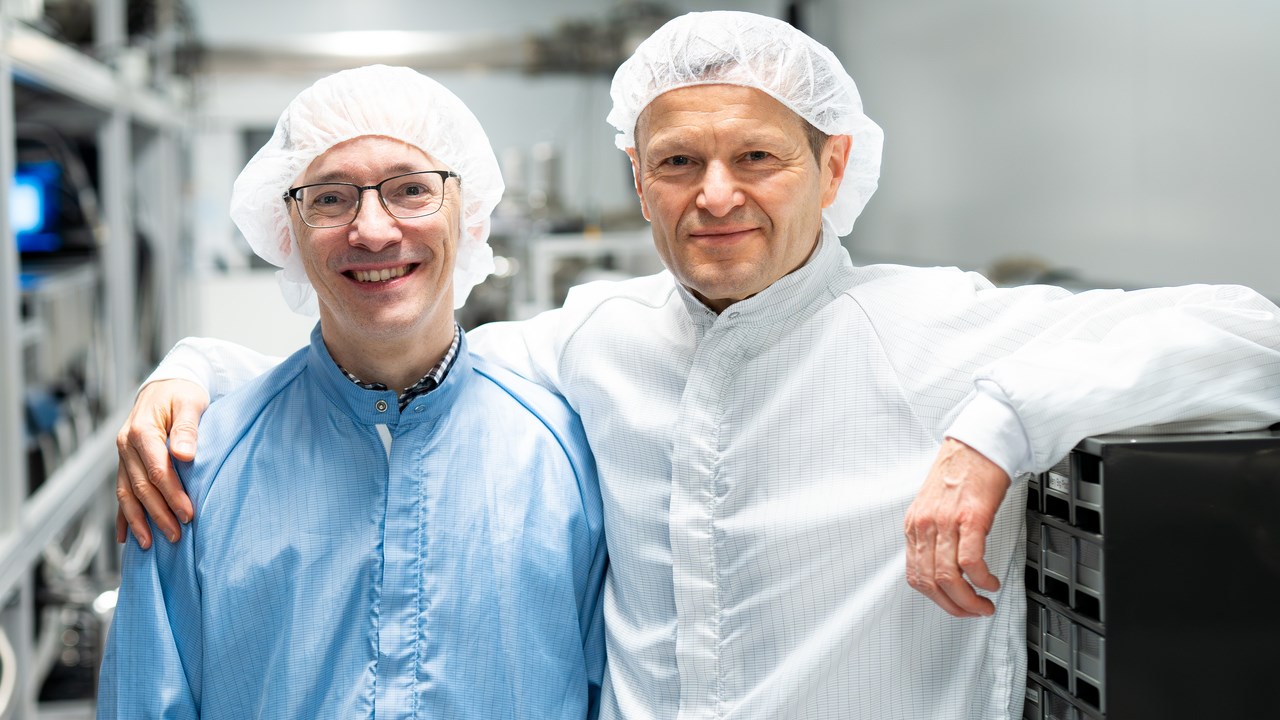
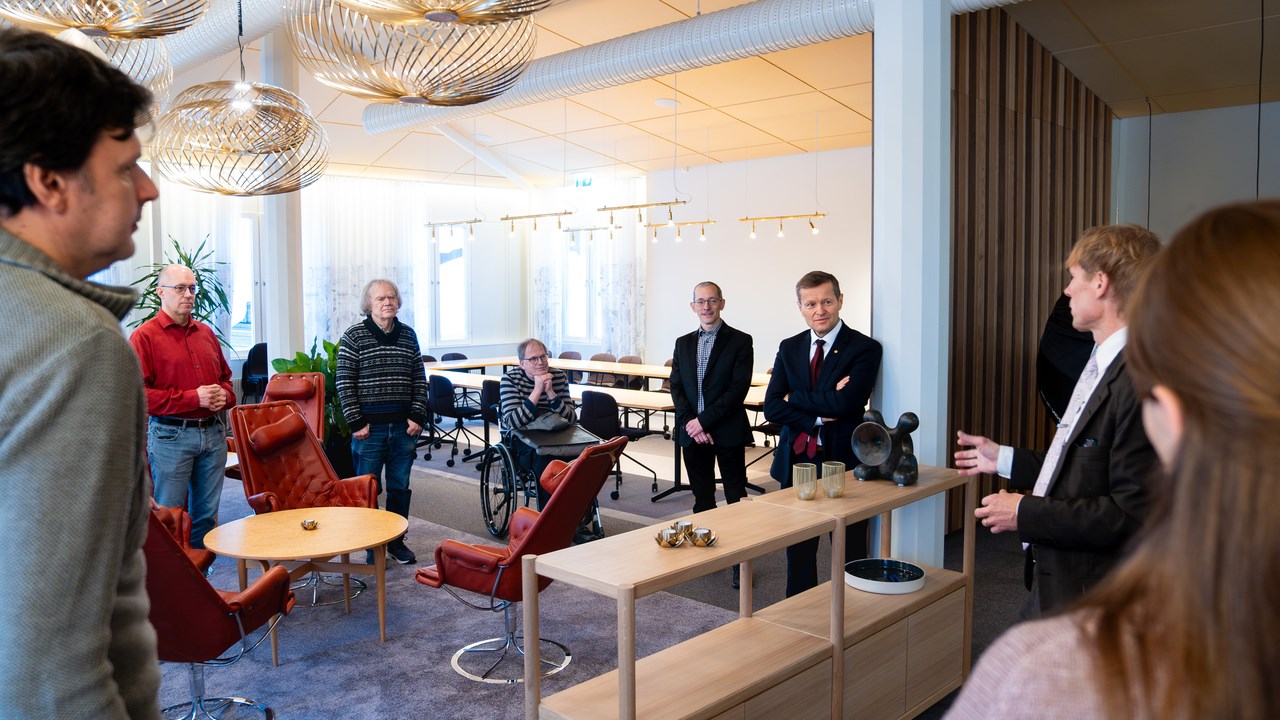
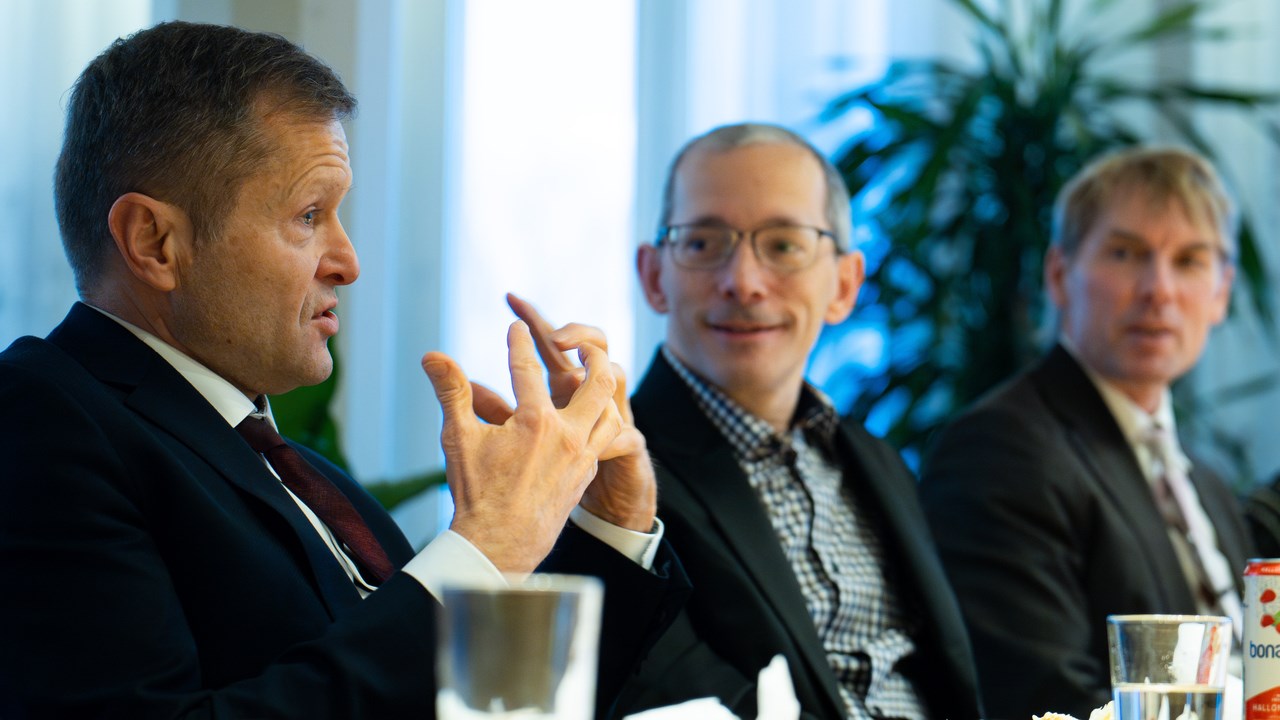
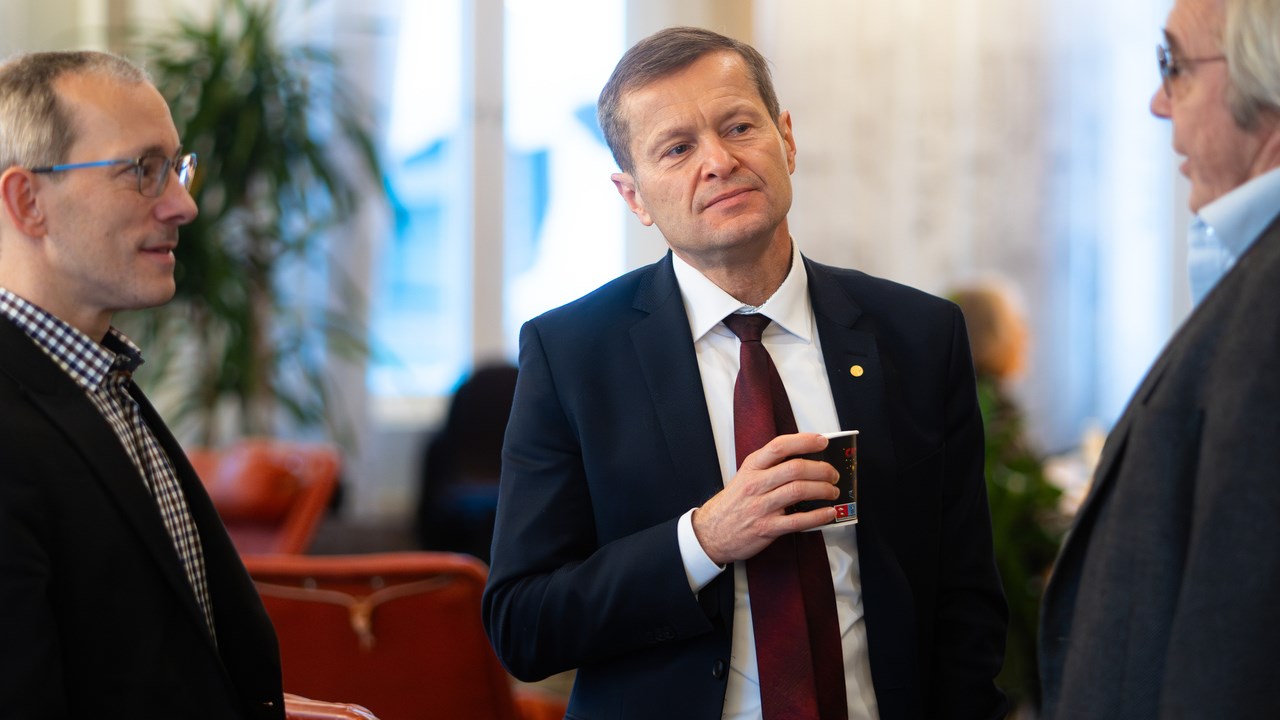
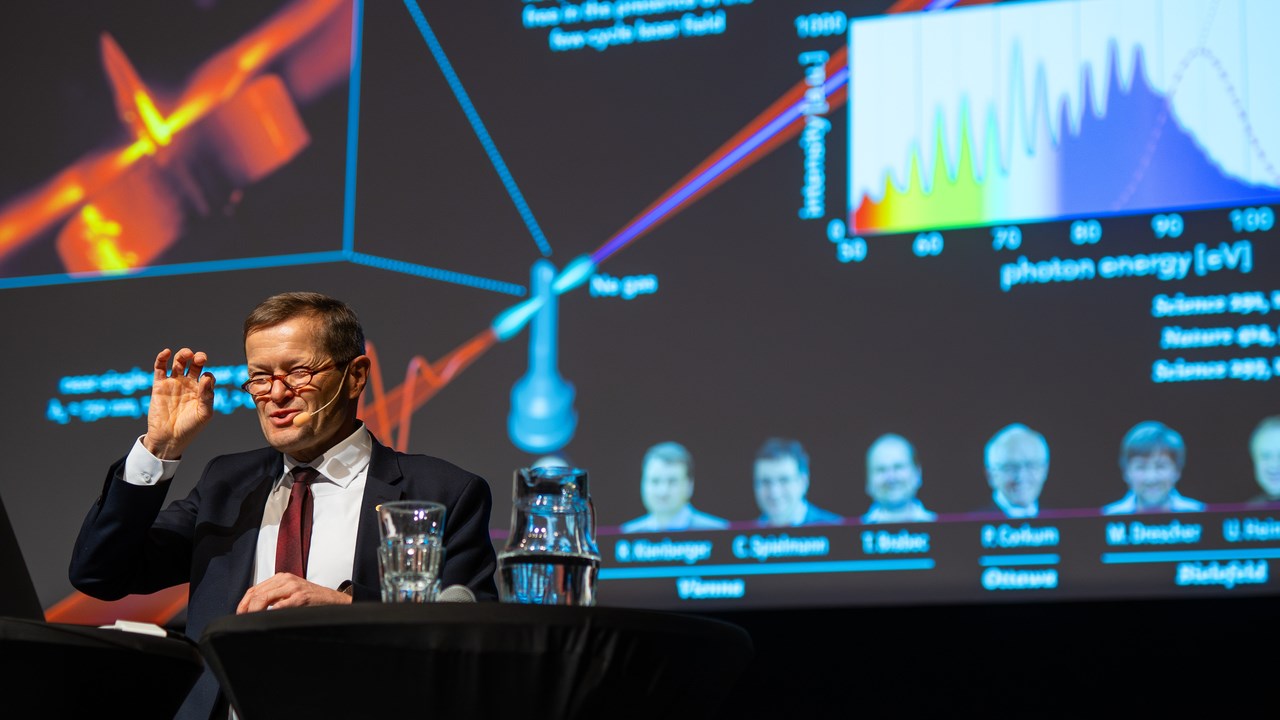
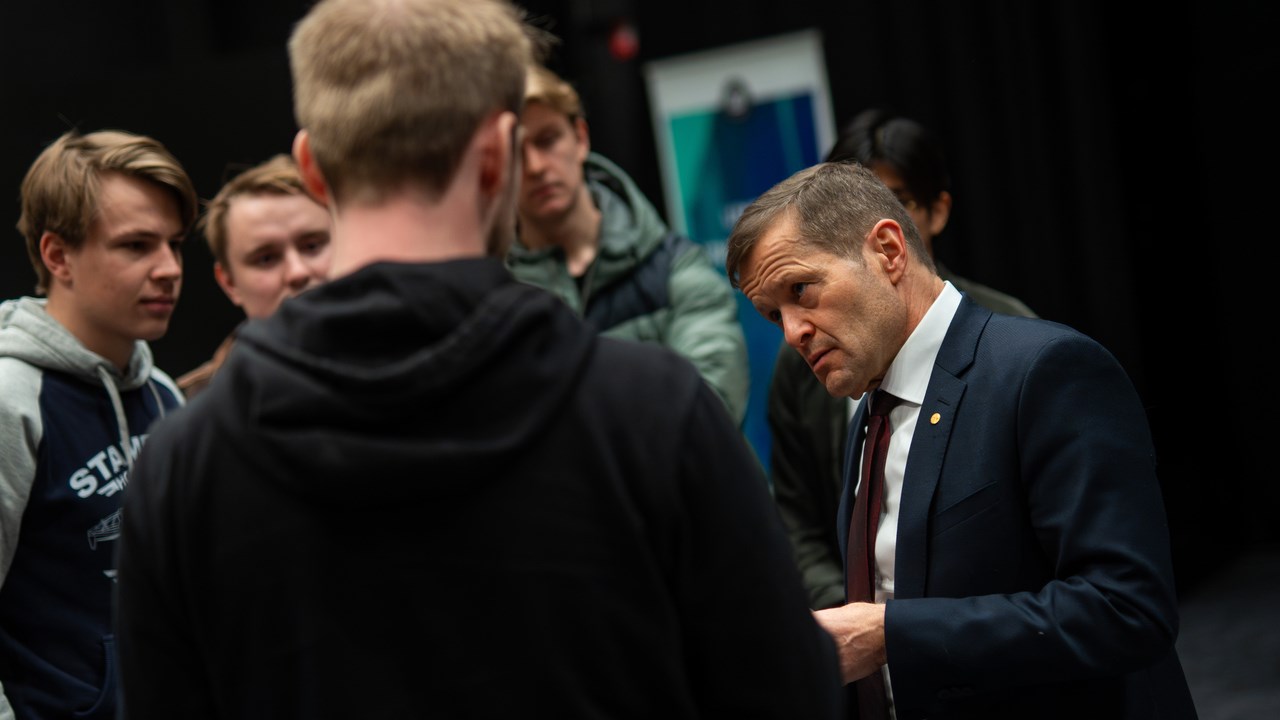
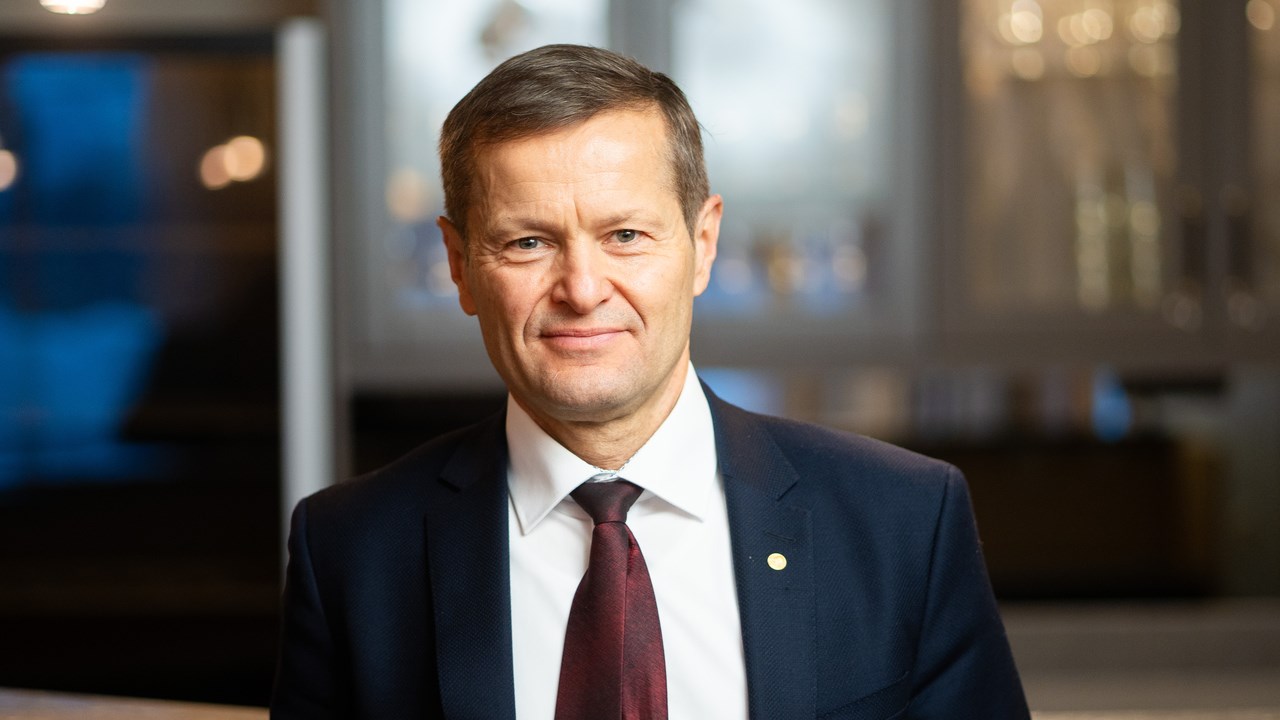
During the morning of 14 December, László Veisz and the Department of Physics proudly showed off the newly built laser system, to which Ferenc Krausz, among others, contributed with input. In the afternoon, the Nobel Laureate gave a lecture in a nearly full Aula Nordica, where he began by paying tribute to László Veisz's research.
“What he and his colleagues are doing at the lab here at Umeå University is the future. There is not even a runner up; the laser that Umeå University has is unique in the world and I am very proud of my former colleague. This is where you will take attosecond research to the next level and I encourage all students here to start researching in the lab,” he said.
The research that led to Ferenc Krausz, Pierre Agostini and Anne L'Huillier being awarded the 2023 Physics Prize has many more applications than they can cover themselves as scientists. Attosecond physics can lead to advances in materials science, electrical engineering and medical diagnostics, for example.
Ferenc Krausz and his colleagues have started researching the use of attosecond pulses to determine the risk of people developing cancer, through simple blood tests. This research requires a large number of blood samples. Pro-Vice-Chancellor Katrine Riklund, who opened and closed Ferenc Krausz's Nobel lecture, pointed out that there are plenty of these in the biobank at the University Hospital – something that seemed to make the Nobel Laureate curious.
During his visit, Ferenc Krausz also had the opportunity to see the lab of physics professor Aleksandra Foltynowicz and meet research leaders, doctoral students and postdocs. Many students came to the lecture and the Nobel Laureate agreed to a number of selfies.
“I usually say that the first thing is to spend enough time to find the right question for yourself, which is really challenging. From that we can derive our goals and those goals are supposed to drive us forward. That is the key to work on something with high motivation and dedication and to make work feel joyful, which also solves the problem of work-life-balance.
- Oh, yes! I definitely did.